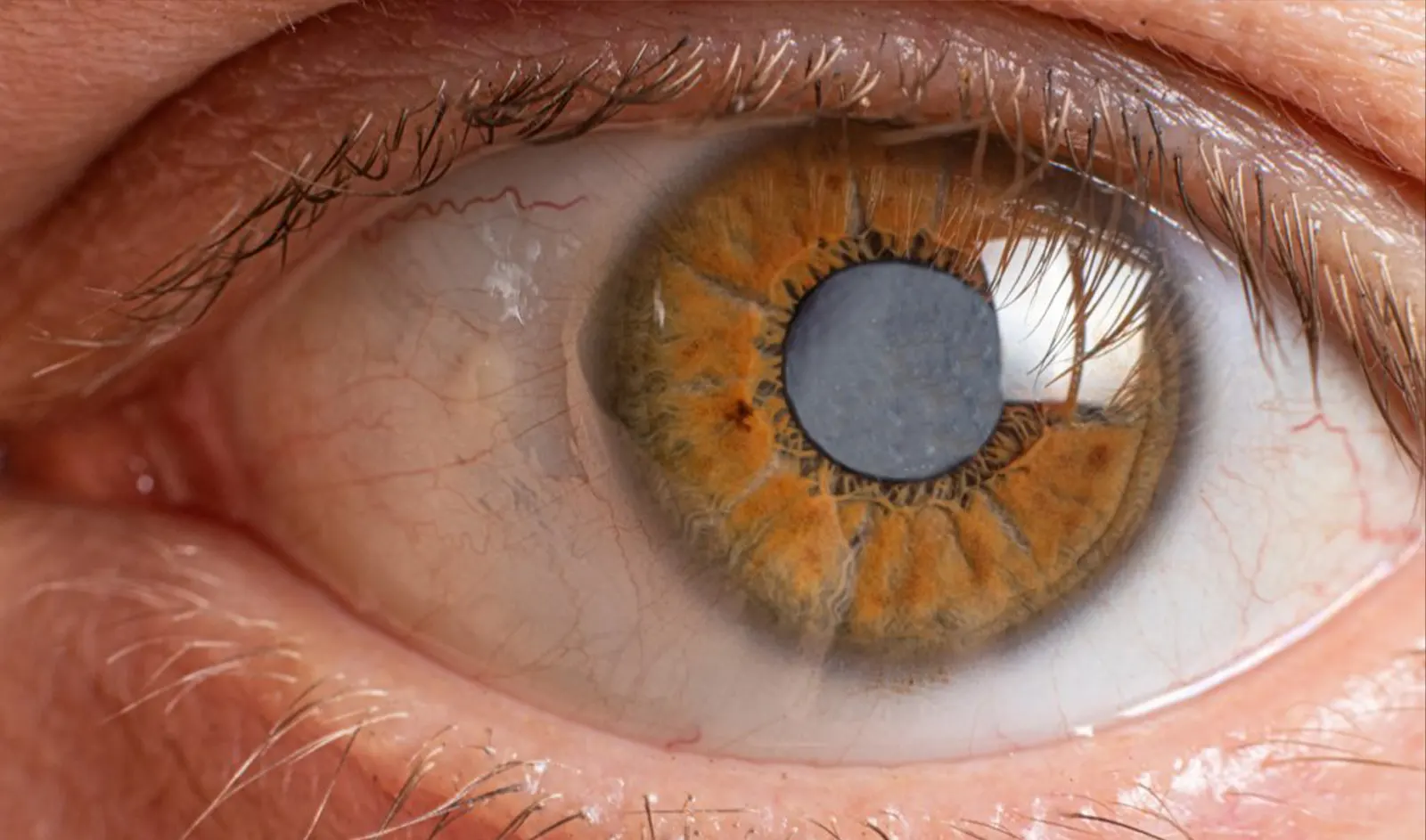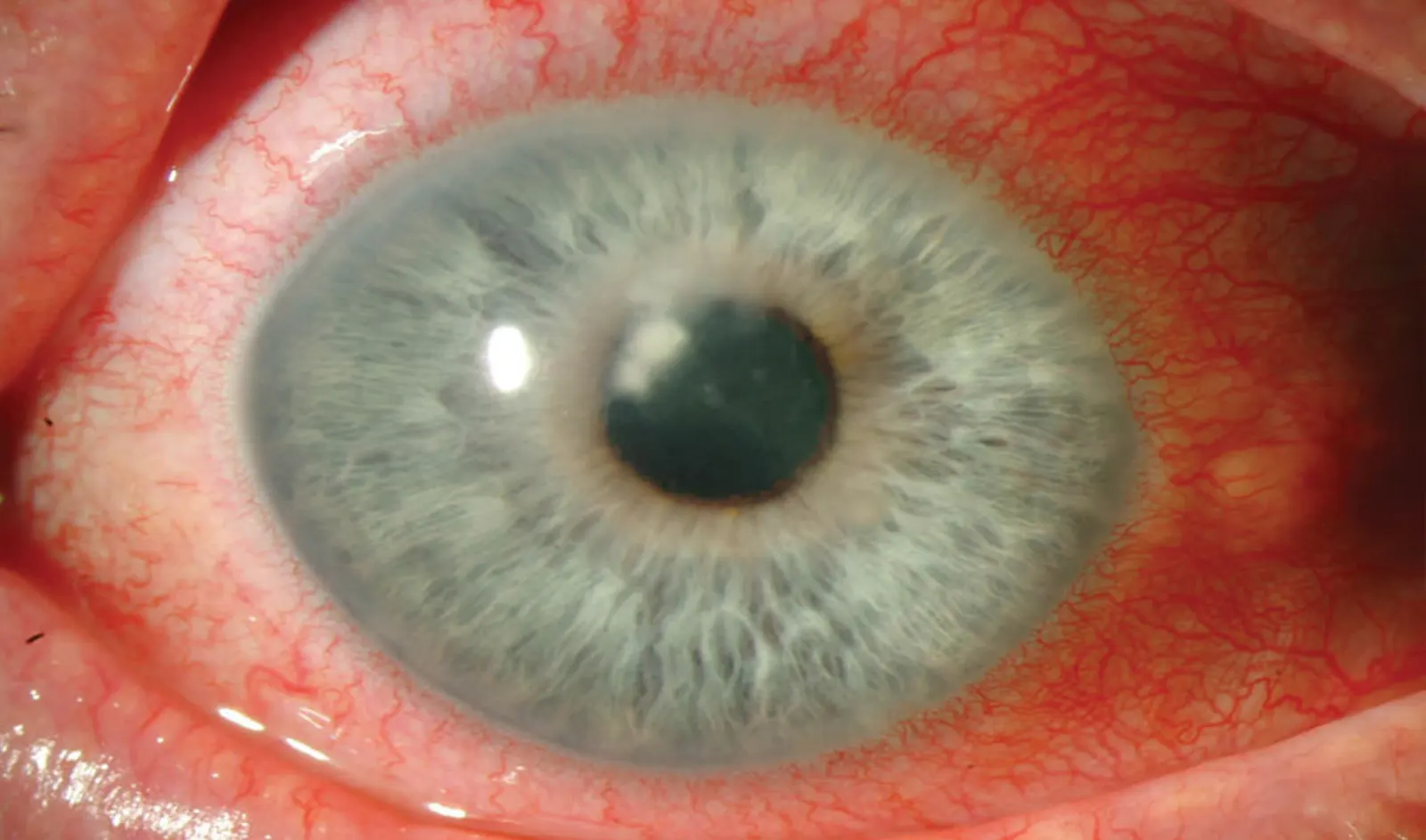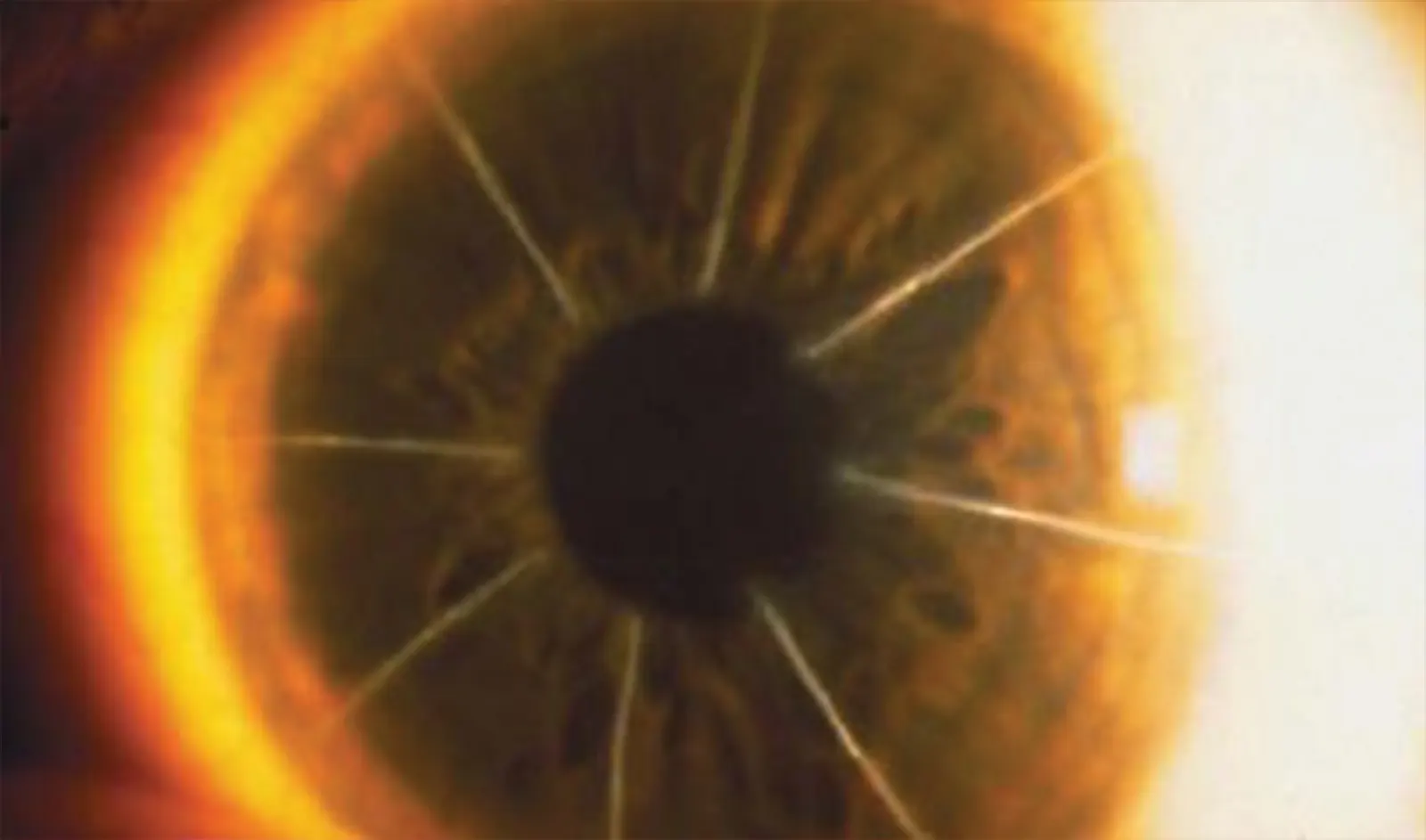We also perform a specialized version of PRK called Transepithelial PRK. This procedure utilizes corneal epithelial thickness mapping to determine how much epithelial compensation is present for corneal higher order aberrations/irregularity. We use this data to guide epithelial removal by excimer laser. This is followed by Contoura topographic guided ablation to create a virtually perfect, uniform cornea. This can be used in corneal reconstructive repairs of past surgical procedures, disease, and trauma as significant epithelial compensation can occur and mask the true extent of the corneal irregularity. Dr. Motwani is also using it with his LYRA Protocol. it to create a virtually perfect cornea for the best possible vision. Dr. Motwani had this procedure performed on himself as part of his research work, being the first to have the CREATE Protocol (Corneal Repair Epithelium and Topography Enhanced). This protocol is also been granted a patent by the United States Patent Office (European Patents Pending).

Cataract Surgery is the most performed surgical procedure in the United States, and has a phenomenal track record for improving…
Read More
The treatment of trauma with topographic-guided ablation depends on the level of scarring caused by the trauma, the position of…
Read More
In the dynamic world of eye care, keratoconus treatment has become a focal point due to the condition’s impact on…
Read More